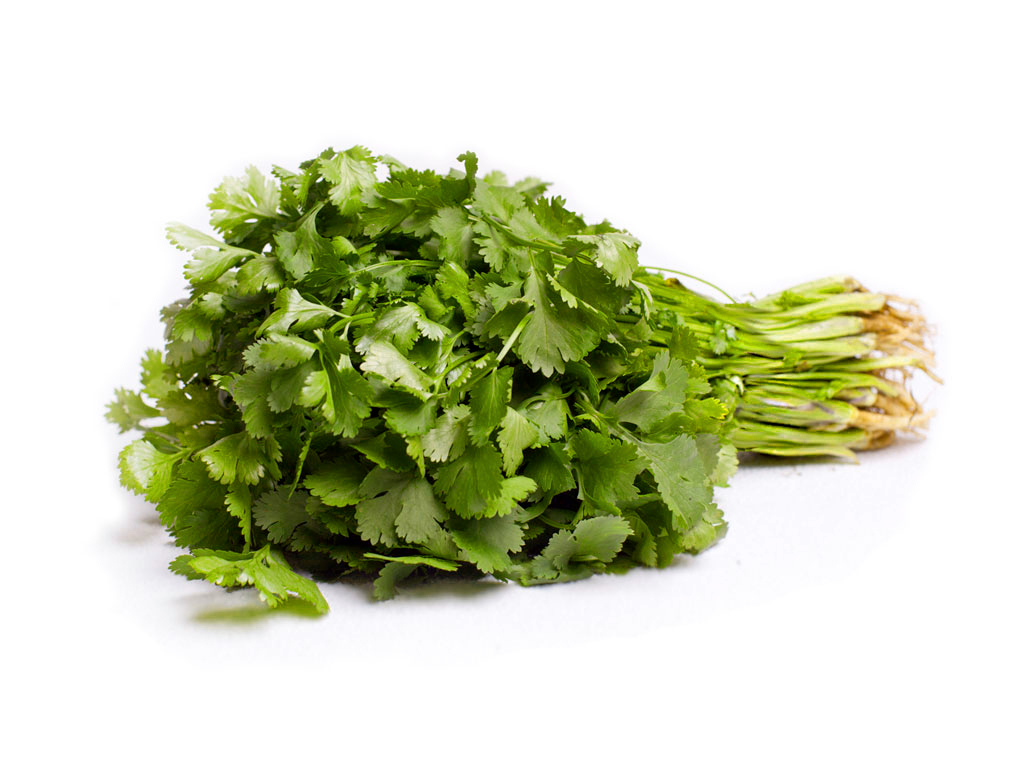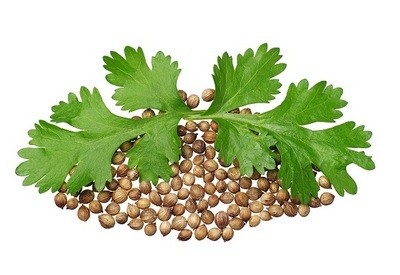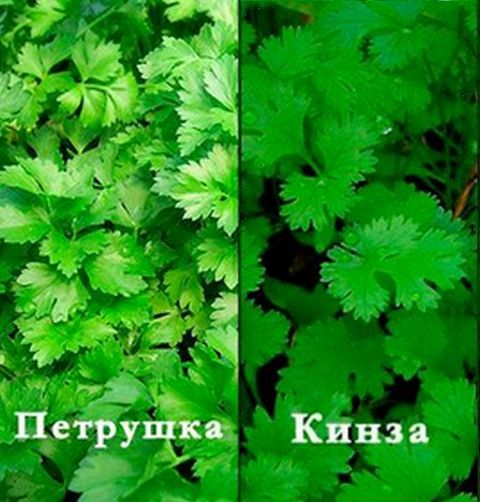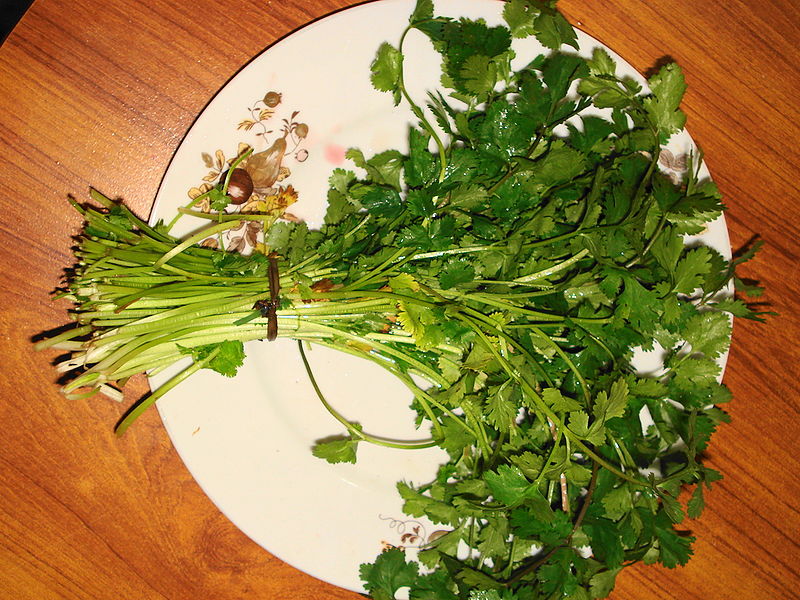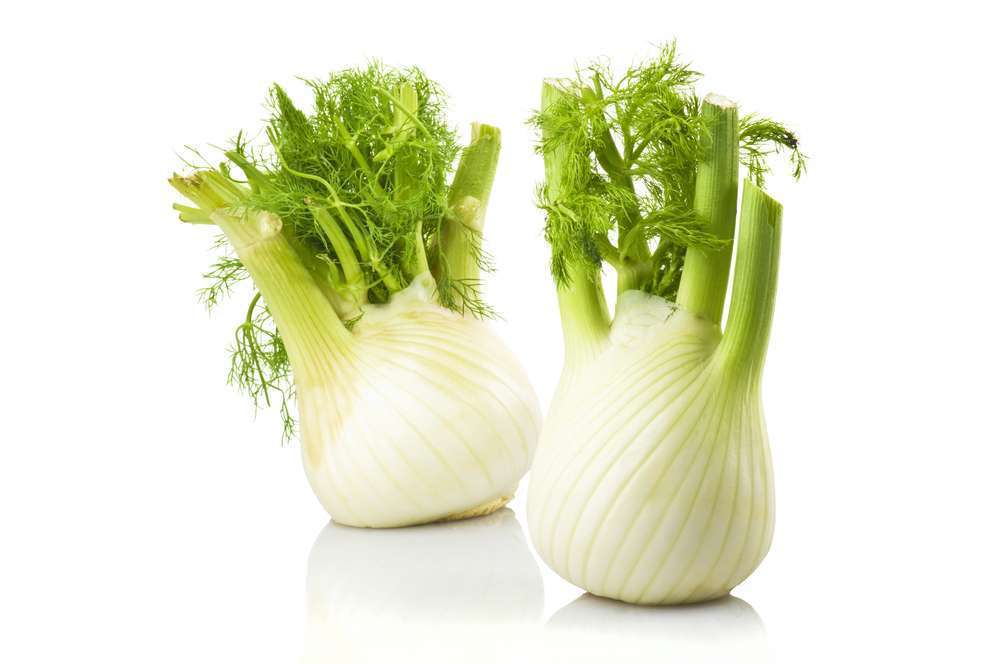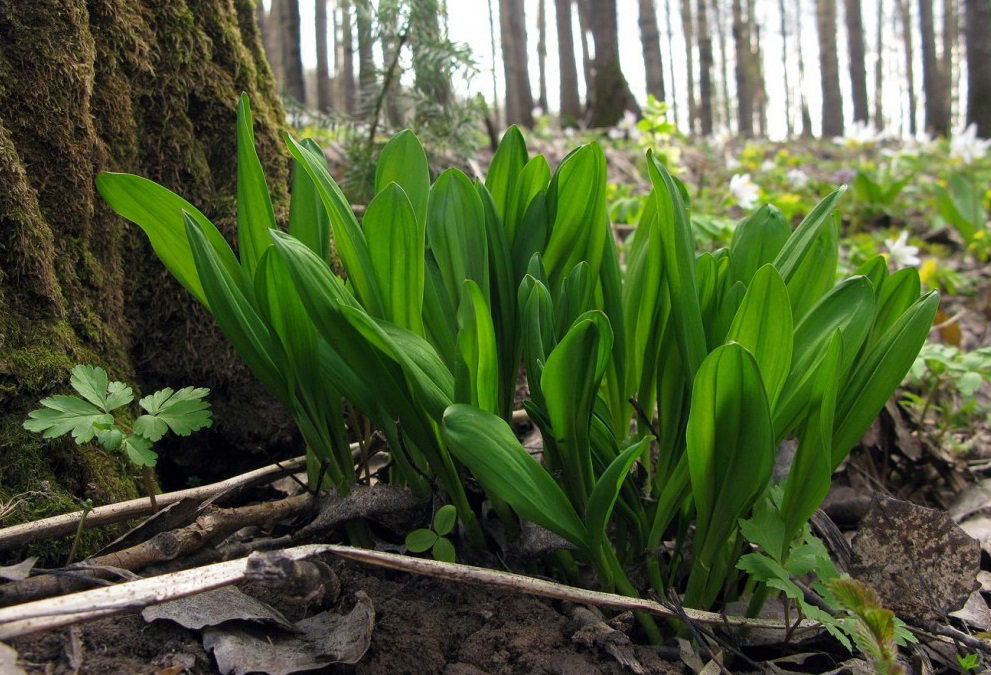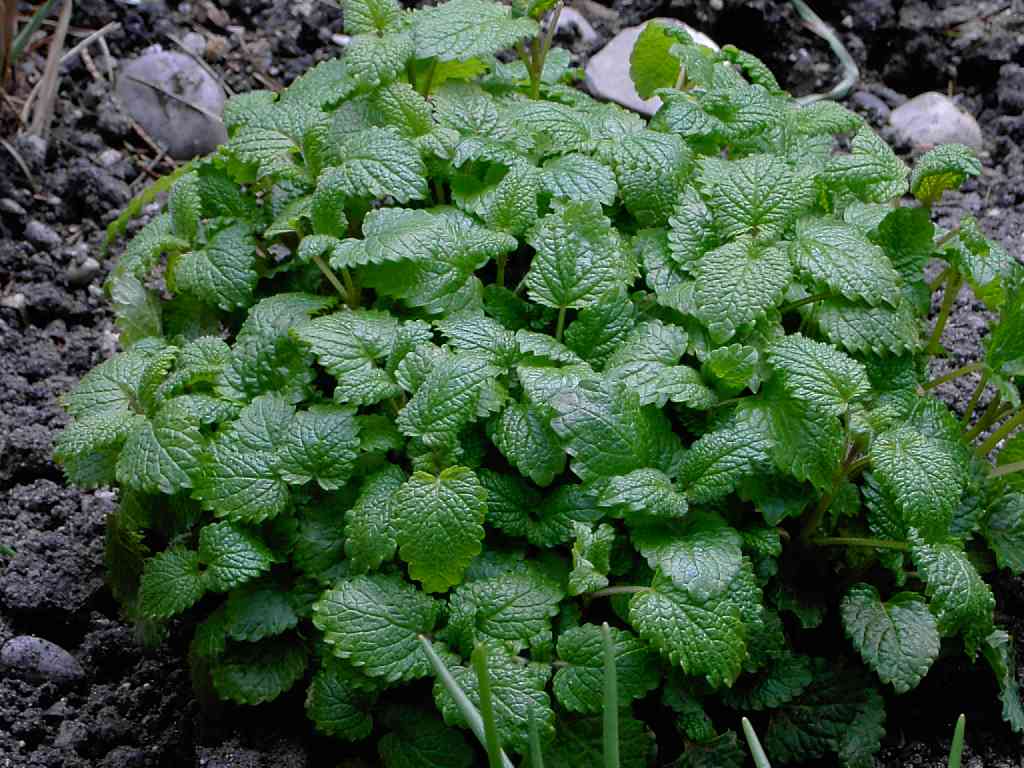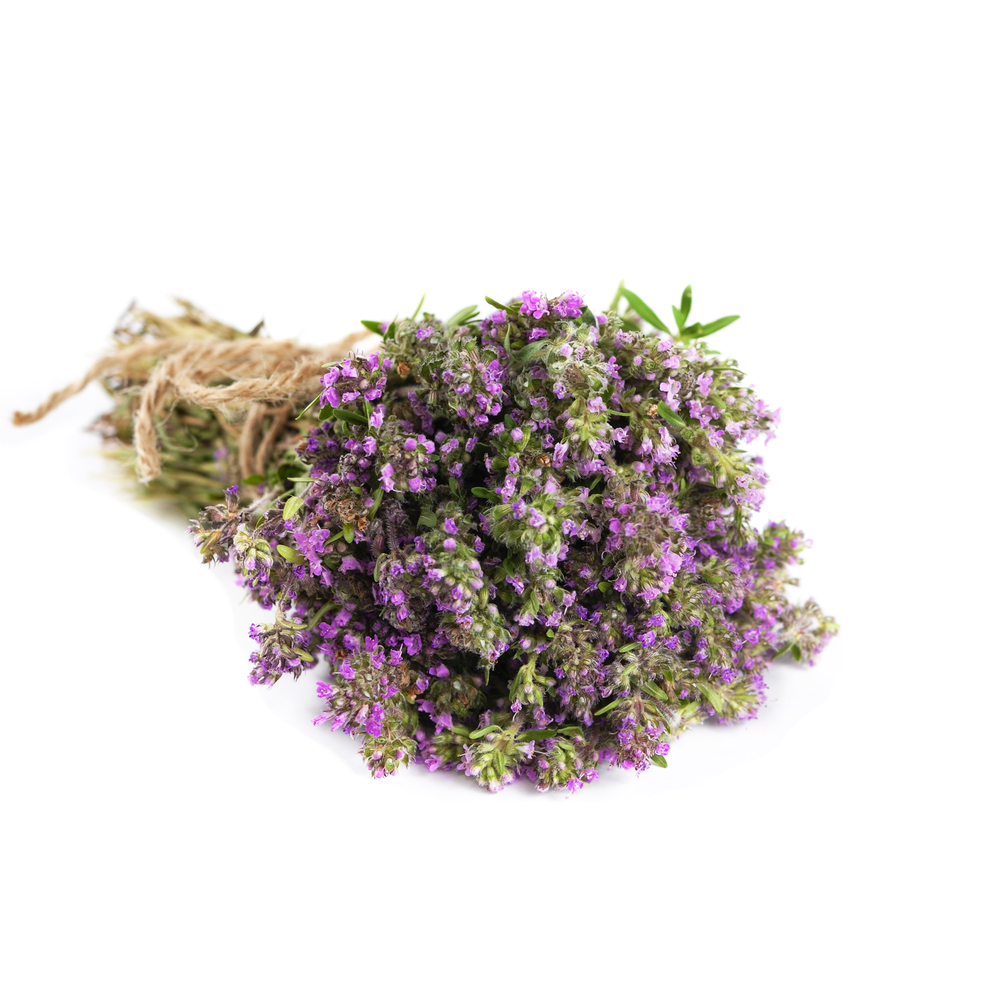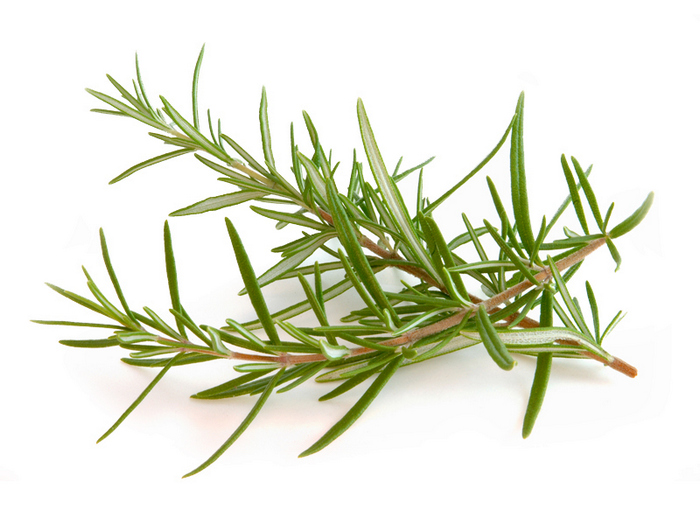Content:
Cilantro, familiar to many, in the seeds is coriander, belongs to the Umbrella family and to the class of annual (summer-winter) spicy herbaceous crops. Having a unique smell and excellent taste, this plant, remarkable in every respect, is widely used in cooking as a seasoning for various dishes.
Answering the questions of people who have no idea what cilantro is, it should be said that it is a kind of aromatic herb that gives dishes a special taste. Thanks to its unique properties, it has brought many new things to traditional kitchen recipes. It is believed that cilantro allows you to reduce the calorie content of dishes, that is, it is very useful for those who want to lose weight.
Description of the variety
Despite the specificity of its aroma, cilantro is one of the most common plants in the world. This is confirmed by statistics, according to which it is the most popular of all known types of spices and is widely used in cooking. Among the crops grown in Russia, belonging to the class of essential oils, cilantro greens account for more than 75% of all sown areas (for basil, for example, much less is allocated).
These plants reach a maximum height of 70 cm and have stems that are branched and rounded at the base. In addition, they have an erect fusiform root and a green leaf of a special shape (pinnately dissected).
At their edges, coriander leaves can be either serrated or three-lobed. During the flowering period of cilantro, the grass is completely covered with small white or pale pink inflorescences, in their shape resembling umbrellas. The finally ripe fruit of this plant should look like dark colored seeds, approximately 2 to 5 mm long.
The fruits of the cilantro plant, similar to small balls, have a brownish-yellow tint and, when pressed, fall apart into two small spherical halves. They are a rich source of not only vitamins B and C contained in cilantro, but also rutin, carotene, phosphorus, magnesium and calcium.
As for the growing places of this spicy crop, it is recommended to choose sunny areas of the backyard or vegetable garden for its cultivation. The soil must contain enough substances to be classified as fertile soil (with a slightly acidic reaction).
When choosing a suitable site for planting, heavy clay soils with a dense crust formed in the upper layer should be avoided.
Types of cilantro
There are many different varieties of coriander that differ not only in their taste, but also in appearance, cultivation methods and other characteristics. The most popular among gardeners are such well-known varieties, which are usually called "Avangard", "King of the Market", "Kinza-Dza", "Picnic", "Alekseevsky", "Borodino", "Prelest" and the like.
Let's consider some of them in more detail.
"Avangard" Is one of the most common cilantro varieties and is traditionally used as a green salad dressing or spice. It belongs to the aromatic varieties of coriander with a yield of about 1.3-1.5 kg / sq. meter.
"Borodino", according to GOST, is a type of mid-season coriander varieties that ripen in about a month and a half. With the mass of each of the individual bushes of a plant about 25-30 grams, its yield is 2.5 kg / sq. meter.
Variety "Kinza-Dza" - an upright plant with poorly developed branching. A distinctive feature of this species is the absence of the characteristic color of the fruit umbrella. The average yield is comparable with the same indicator that was indicated for Avangard.
Parsley and cilantro
When considering various varieties, you should carefully look at cilantro and parsley, the differences of which are not immediately striking. In order to say with absolute certainty how coriander differs from parsley (outwardly they are very similar), you need to pay attention to the following details:
- The smell of parsley is slightly more delicate. When ordinary people are asked what cilantro smells like, they most often get in response: a "stinky" bug;
- Another approach to how to distinguish cilantro from parsley involves observing them in the garden or in the home box. Parsley in any conditions (be it a city or a village) sprouts 20-30 centimeters long, and cilantro usually grows above the waist and always blooms;
- Another distinctive feature that should be emphasized is the size and shape of their leaves.
Many people who cannot distinguish them by their appearance can only feel the difference when they eat. Cilantro tastes differently to the touch than parsley leaves.
Beneficial features
Earlier, we have already talked about what vitamins there are enough in cilantro, and how it can be used to improve human health. At the same time, it is important to take into account the harm that can be caused by excessive or untimely use of this product.
For a better understanding of what it is cilantro, you should also know that this culture, useful in all respects, is used not only as a seasoning, but also helps to maintain human health, namely:
- Cilantro contains vitamins B and C enriching the user's diet;
- Infusion from its seeds accelerates the healing of abrasions, reduces pain, and also helps to stabilize the digestive process and liver function;
- In addition, it can be used in the treatment of hemorrhoids and helps relieve constipation (including constipation for children);
- Periodic consumption of this product in food helps to strengthen the immune system;
- In addition, it has anti-inflammatory and antiseptic properties.
We add to this that the usefulness of the properties of cilantro helps to increase appetite, promotes the removal of toxins from a sick body, and also improves intestinal motility. Since herbal coriander can lower blood sugar levels, it is included in the regular diet of people with diabetes. Thus, the benefits of the use of this wonderful plant are enormous, if appreciated in each of the specific cases.
Any official approach to assessing how useful cilantro is (both as a green product from the garden, and as a seed) warns of the need to remember about the restrictions in its use.
So, a typical contraindication of this product is reduced to the undesirability of its use in hypertension or thrombophlebitis.
Pests
Among the most dangerous pests of cilantro, which can occur in nature, should be attributed to the coriander seed-eating beetle, gnawing holes in the fruit and, as a result, causing damage to the crop. Penetrating directly into the fruit seed, the larva quickly activates in it and gnaws out all the endosperm contained there.
In conclusion, we note that, in addition to the seed-eating beetle, cilantro can be threatened by such common parasites as striped and umbrella bugs or, for example, the winter scoop. The methods of dealing with them are similar to those already discussed earlier.
